Looking good from all angles: why rich media is such an effective marketing tool for online retailers
Marketing Tool: Until a few years ago, brands tended to take loyalty pretty much for granted. Whether it was Kellogg’s for cornflakes, Persil for washing powder, or Nike for trainers, shoppers would pick a favorite and stay with it. However, with the rise of online browsing and shopping, loyalty has taken a back seat to other factors such as cost and convenience. Marketing Tool.
For upon |According to recent research from Salmon, leaving marketers looking for fresh ways to instill brand allegiance.
The solution, you could say, is staring them in the face. Customers shop with their eyes, and will also most likely check competitors’ products before making a decision – meaning a brand’s product imagery needs to be as appealing as possible both to capture a sale and encourage return visits to the site. Marketing Tool.
Here are five, best-practice strategies for maximizing onsite imagery and reconnecting customers to your brand.
-
Use product images as brand ambassadors
Onsite imagery acts as a visual narrative that helps customers navigate a site. It delivers an engaging and immersive online experience that drives sales and creates a destination that customers will want to return to. As such, there is no point in having enticing lifestyle shots on the home page to draw customers in only to lose them once they finally arrive on the product page thanks to inferior quality pictures. Marketing Tool.
If you want to enhance your brand image, establish a style and stick to it across the website. That doesn’t mean all your pictures need to look the same – create different looks for different categories in the same style. This will make it easier for shoppers to recognize your products. Marketing Tool.
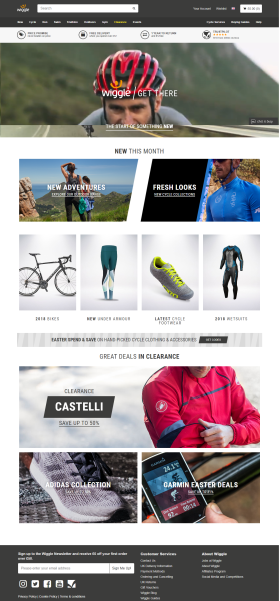
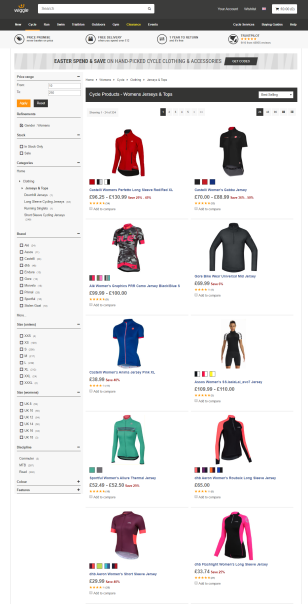
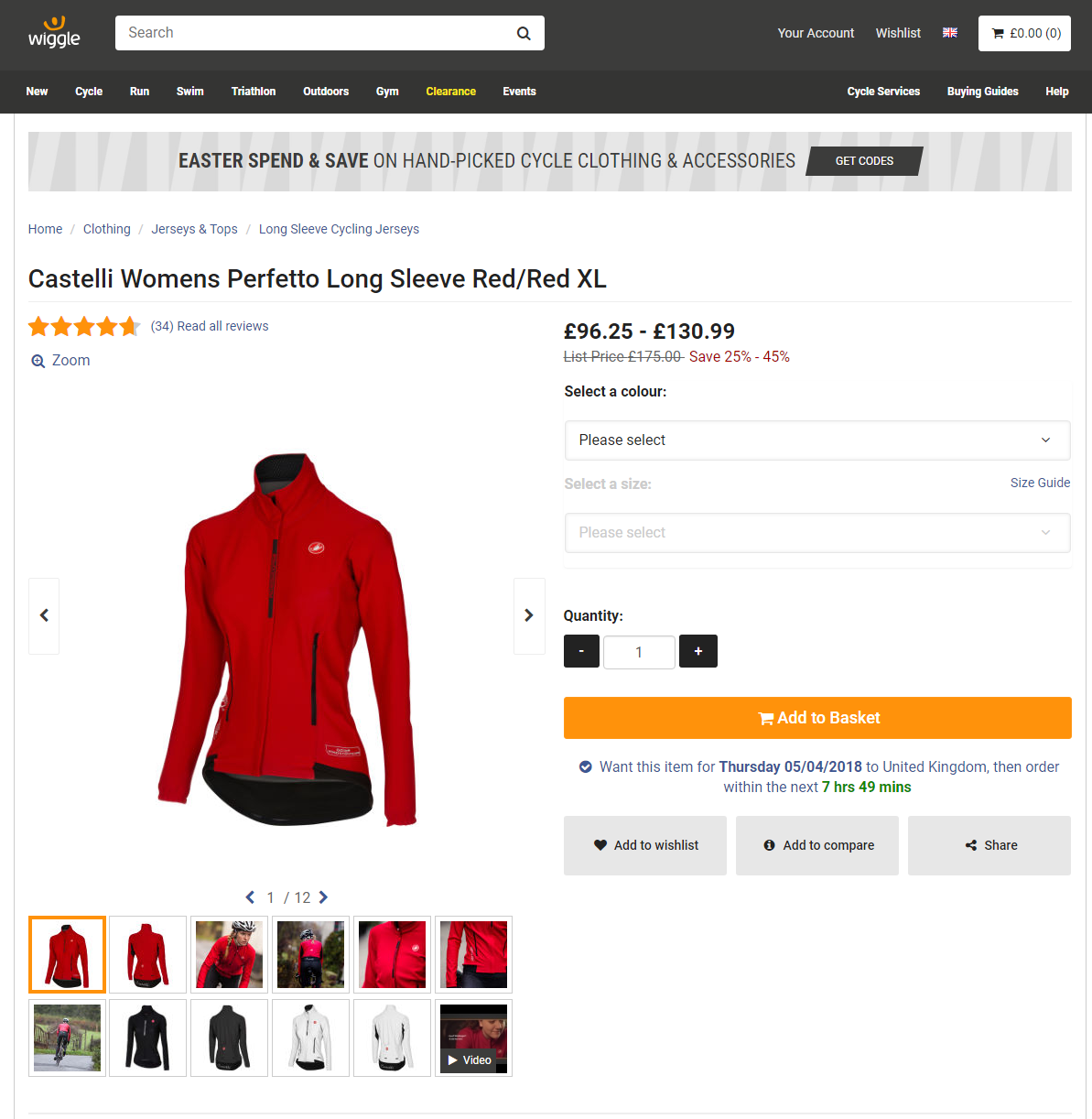.png?width=700&height=717)
Wiggle does this well. The overall design of its pages is crisp and clean, while the use of a white background throughout the site, from the homepage to category pages and product display pages, creates a feeling of consistency. Marketing Tool.
2. Make sure product imagery is helpful
The fundamental question retailers need to ask when devising their product imagery strategy is ‘what does the customer want to know, see or understand about the item?’. The answer is as much valuable and in-depth information as possible. Marketing Tool.
Images capture attention and help customers understand your products – quickly. The online shopping experience is all about convenience, but what’s missing is the chance to physically handle a product. Images communicate to your customers the details of an item in the way a product description would struggle to. Marketing Tool.
Furniture Village uses product images that are carefully chosen to create an immediate visual impact on the customer while providing all the information they need to make an informed decision. For example, customers are given a selection of views of this sofa plus the option to zoom in to see the detail of the fabric used, a 360-degree perspective, alongside a short video. This variety of rich media creates an engaging and immersive online experience. Marketing Tool.
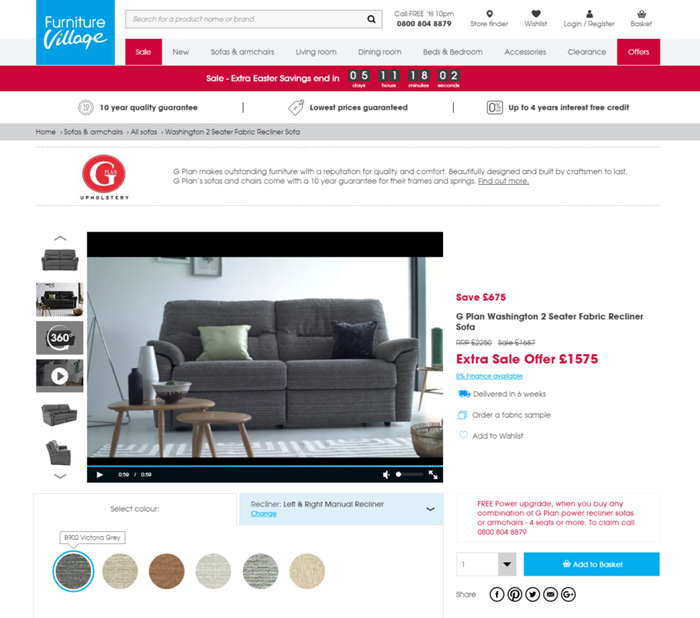
-
Maximize space with mobile imagery
The use of imagery needs to be contextual. On desktop sites, there is plenty of room to incorporate a number of images, but a different approach is needed for mobile sites. Space is at a premium so think contextually when planning your product pages. Customer behavior is different too – shoppers tend to snack on mobile rather than spend a long time browsing. Retailers need to present key product information in the most accessible and easy-to-view way to capture their fleeting attention. An ideal scenario would be to use a large hero picture, ideally a 360-degree image. Marketing Tool.
Schuh does this neatly. The eye is immediately drawn to the option to spin the shoe, and below there is screen space for two more images plus a video.
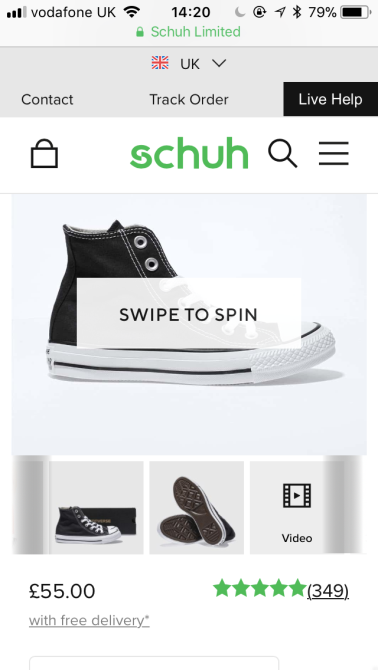
Beyond the website
It’s important to remember that your product images will pop up online away from your website, on other platforms such as Google Shopping, Google Images, and social media, so make sure they work in a stand-alone context. Consistency of background and styling will reinforce your brand identity, so bear this in mind. Marketing Tool.
As an eCommerce retailer, your products are the backbone of your business, and as such their appearance will affect customer perception of you. There is so much you can do with rich media to ensure you become your customer’s favorite brand. Marketing Tool.


Comments are closed.